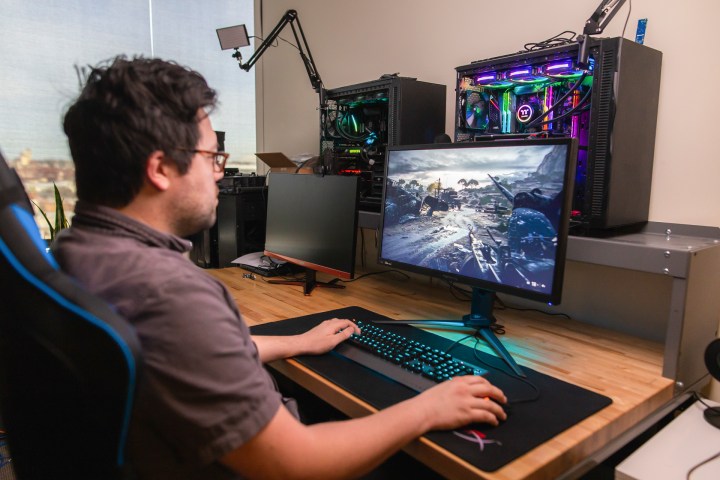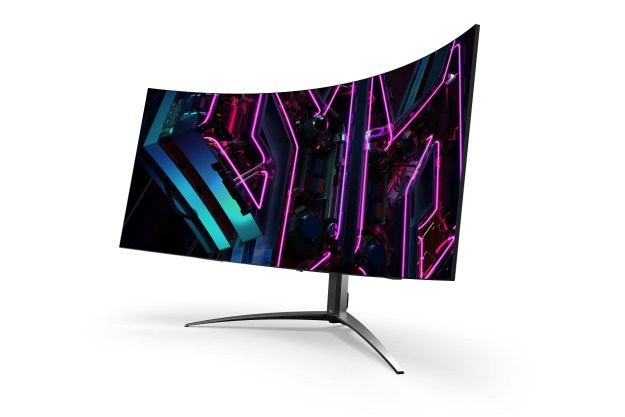Monitors have been behind in innovation for a long time. PC enthusiasts and gamers have watched waves of technological advancement come to televisions, smartphones, and just about every other device with a screen. Meanwhile, we’ve had 1080p IPS monitors for as long as most can remember.
But that’s changing. Monitors are finally getting interesting — whether that’s embracing new display technologies or pushing higher resolutions. In an exclusive interview with the president of digital displays at Acer, we spoke about where this excitement came from and which technologies will be the most dominant in the next few years.
More growth and innovation ahead

Seeing is believing. That seems to be the core belief behind Acer’s investment in the future of monitor technology.
“I believe people will start to appreciate the value of having a monitor at home,” said Victor Chien, who’s been leading Acer’s display products for many years. “I think the growth will still continue.”
The growth he’s referring to, of course, is a surge in demand for monitors that we’ve witnessed over the past year. More people working from home means more need for external
Chien says that in previous years, the monitor market has been flat, with refresh cycles being quite long. The majority of a person’s technology budget went into their PC or laptop — leaving little concern for the quality of their displays. If people are only buying
“Gaming displays are really driving the technology.”
But these days,
“Gaming displays are really driving the technology to make the end user refresh,” he told me. “To have a bigger display, to have a better viewing experience.”

As graphics cards have increased in capability over the past year, we’re finally seeing wider adoption of 1440p and
Chien even made the point that the pandemic was making extra-large gaming
That doesn’t mean 43-inch
The mini-LED revolution is coming

Mini-LED is nothing new. As an upgrade to LED and an alternative to OLED, mini-LED has already made an impact on televisions. The first
These are all high-end products, of course, and their prices make them out of reach for the average person. But like all worthy technology, this new type of backlighting should eventually come down in price and make its way to the masses. We’re already seeing it in products like the new iPad Pro and
What’s so great about mini-LED? Because it’s based on LED technology, Chien seems confident that the manufacturing infrastructure is there to rapidly produce mini-LED screens for everything from iPads to gaming
“We believe the next trend will focus on color,” said Chien, “and how it makes a display have a better viewing experience.”
Mini-LED uses lots of small LEDs to improve image quality over traditional flat-panel LED. Apple’s mini-LED display on the iPad Pro, for example, uses 2,596 local dimming zones, allowing for brighter screens with more precise backlighting. The result is brighter displays, yes, but also increased contrast and color gamut.
“We believe the next trend will focus on color.”
Color might sound like a strange next trend to tackle for gaming
Gamers are known for putting performance first, but Acer is depending on that to change in the future. Once we see the brighter, more colorful gaming experiences of the future, as Chien argues, we won’t want to go back. Again, seeing is believing.
Editors' Recommendations
- Microsoft just discovered the next big evolution in displays
- Acer Predator doubles down on OLED, mini-LED, and extreme curves
- We’re finally getting a 4K OLED gaming monitor, and it’s coming soon
- Acer’s new Predator Orion X is an RTX 4090 desktop I might actually buy
- Samsung’s first flat mini-LED gaming monitor doesn’t come cheap


